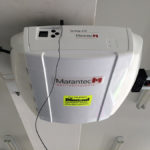10W LED Light Brightness Revealed: How Radiant is Your Illumination?

Lighting is an essential aspect of our daily lives, and it has become a crucial part of modern society. With the emergence of new technologies, there has been a significant shift in the way we light our homes, offices, and public places. The introduction of the LED light has revolutionized the lighting industry, and today, it is one of the most popular types of lighting available. While there are many different types of LED lights available, the 10W LED light is one of the most popular options. In this article, we will explore the brightness of 10W LED lights and how it compares to other types of lighting. LED lights are known for their energy efficiency, durability, and long lifespan, which makes them a popular choice for homeowners and businesses alike. The 10W LED light is a type of LED light that is designed to provide bright illumination while consuming minimal energy. It is a versatile lighting option that can be used in a variety of settings, from homes and offices to public places like parks and parking lots. With its high brightness and low energy consumption, the 10W LED light is an excellent choice for those looking to reduce their energy bills while still enjoying bright and vibrant illumination. In the following sections, we will delve deeper into the brightness of 10W LED lights and explore how it compares to other types of lighting.
When considering the brightness of a 10W LED light, it is important to understand the unit of measurement used to quantify brightness. The brightness of light is measured in lumens, which refers to the total amount of light emitted by a source. A 10W LED light bulb typically emits around 800-1000 lumens, which is equivalent to the brightness of a traditional 60W incandescent bulb. However, the brightness of a 10W LED light can vary depending on factors such as color temperature, beam angle, and quality of the LED chips. It is important to choose a high-quality 10W LED light that provides a consistent and bright illumination for your desired application.
Illumination is a crucial aspect of our everyday lives, providing visibility and comfort in various settings. Adequate lighting is essential in workplaces, homes, and public spaces to ensure safety, productivity, and aesthetic appeal. Brightness levels of lighting can significantly impact mood and mental health, making it necessary to choose the right kind of illumination. With technological advancements, LED lights have become a popular choice for their energy efficiency and durability. The 10W LED light is a great option for illuminating small spaces and providing adequate brightness levels. Understanding the importance of illumination can help in selecting the right kind of lighting for different scenarios, improving the quality of life for individuals and communities.
Understanding LED Lights
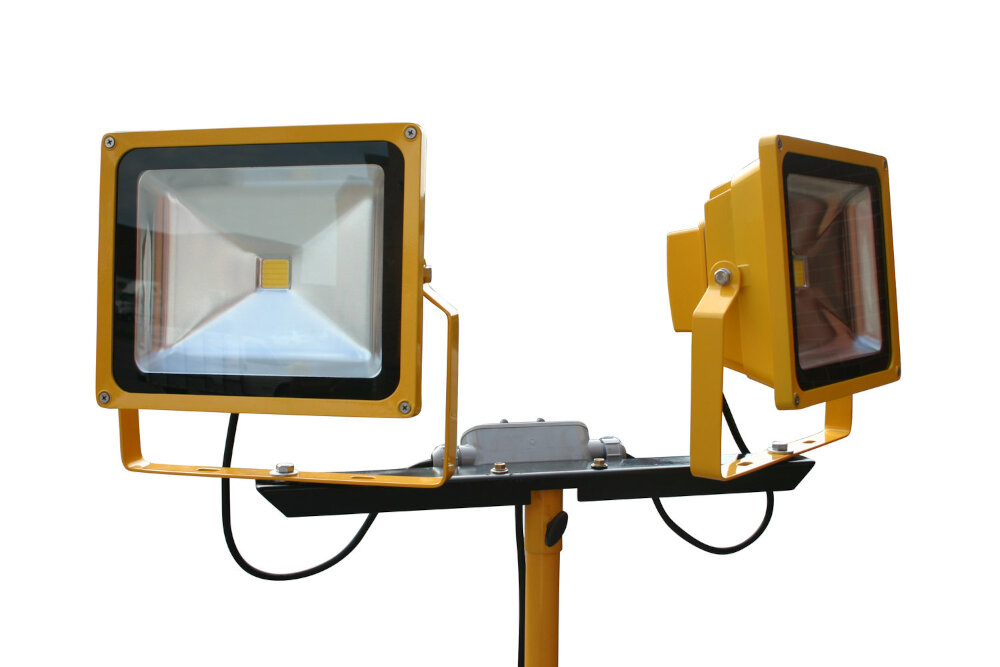
LED lights have become increasingly popular in recent years due to their energy efficiency and long lifespan. Understanding how these lights work can help you make informed decisions when selecting lighting for your home or business. LED lights are made up of a semiconductor material, which emits light when an electrical current is passed through it. Unlike traditional incandescent bulbs, which emit light by heating a filament, LED lights produce light through a process called electroluminescence. This process allows LED lights to use much less energy and produce far less heat than traditional bulbs, making them an eco-friendly and cost-effective choice for lighting. In addition to their energy efficiency, LED lights also offer a wide range of color options and brightness levels. LED lights can be customized to emit light in a specific color temperature, measured in Kelvin (K). This allows you to choose lighting that suits your needs and preferences, whether you prefer warm, yellow-toned light or cool, blue-toned light. Brightness, measured in lumens (lm), is another important factor to consider when selecting LED lights. By understanding the relationship between watts, lumens, and color temperature, you can choose LED lights that provide the perfect balance of energy efficiency, brightness, and color.
LED lights, or light-emitting diodes, are a type of lighting technology that has rapidly gained popularity in recent years due to their high efficiency, long lifespan, and versatility. Unlike traditional incandescent bulbs, LED lights do not rely on heating a wire filament to produce light, but instead use a semiconductor material that emits light when a current is passed through it. LED lights are available in a wide range of shapes, sizes, and colors, and can be used for a variety of applications, from lighting homes and offices to illuminating outdoor spaces and commercial buildings. Their energy efficiency and durability make them a popular choice for those looking to reduce their carbon footprint and save money on energy bills.
LED lights, or Light Emitting Diodes, are a type of solid-state lighting that produces light when an electrical current passes through a semiconductor material. The semiconductors, which are typically made from materials such as silicon or germanium, contain positively charged \holes\ and negatively charged electrons. When a current is applied, the electrons and holes combine, releasing energy in the form of light. The color of the light emitted depends on the materials used in the semiconductor, with different materials producing different colors. LED lights are highly energy-efficient, as they require very little electricity to produce light, and they also have a long lifespan, making them a popular choice for both residential and commercial lighting applications.
LED lights are available in a variety of types, each designed to meet specific lighting needs. Firstly, the standard LED bulb is the most common type that can be used in homes, offices, and other indoor spaces. Secondly, strip LEDs are thin and flexible, making them ideal for use in decorative lighting and accenting features. Thirdly, spotlights are perfect for highlighting specific areas, such as artwork or architectural features. Fourthly, floodlights are used for outdoor lighting, providing wide coverage to illuminate large areas. Finally, dimmable LED lights allow users to adjust the brightness according to their needs, making them ideal for creating a cozy atmosphere or for use in areas that require different levels of illumination.
What is Lumen?
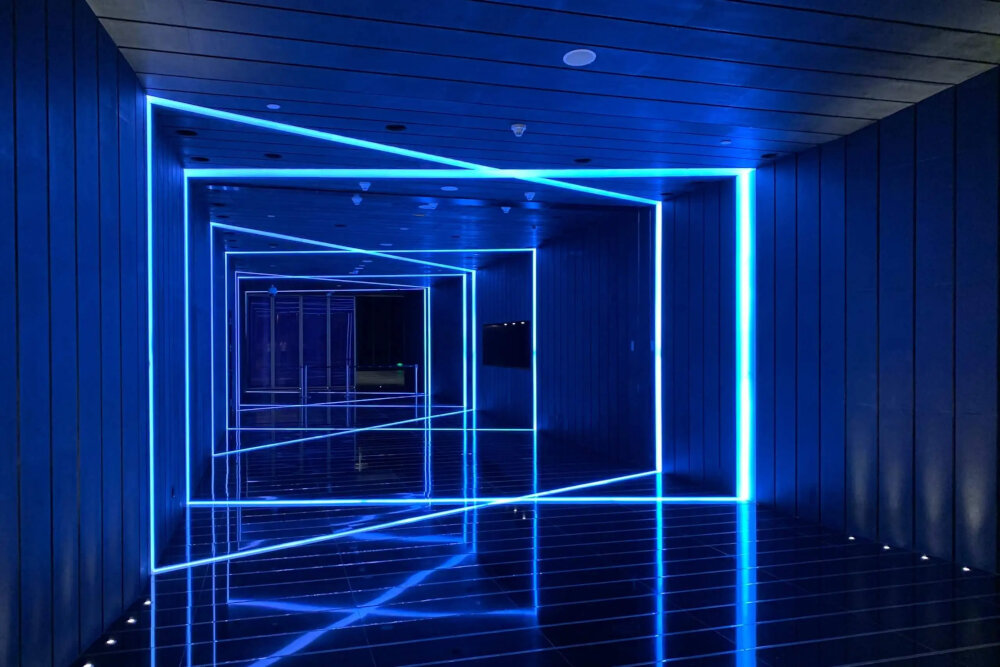
Lumen is the unit of measurement used to quantify the total amount of visible light emitted by a light source. In simpler terms, it is a measure of the brightness of a light bulb or LED. Typically, the higher the lumen rating, the brighter the light is. It is an important factor to consider when choosing a light source, as it determines the level of illumination in a given space. For instance, a 10W LED light with a lumen rating of 800 is brighter than a 6W LED light with a lumen rating of 500. Therefore, when selecting lighting solutions for your home, office or any other space, you should always consider the lumen rating to ensure you have the right amount of brightness required for the task at hand. In summary, lumen is a crucial factor to consider when choosing lighting solutions. It determines the brightness of a light source and affects the level of illumination in a given space. Whether you are looking for a bright light for your office or a cozy atmosphere in your home, understanding lumen ratings will help you make the right choice. With a wide range of lighting options available, it is important to choose a light source that not only meets your needs but also enhances the aesthetic appeal of your space.
Lumen is a unit of measurement that is used to quantify the total amount of visible light emitted by a source per unit of time. It is a measure of the brightness of the light emitted by a bulb or light source. The lumen measurement takes into account the sensitivity of the human eye to different wavelengths of light and is therefore a more accurate representation of how bright a light appears to the human eye. One lumen is equal to the amount of light emitted by a candle that is 1 foot away from the observer. The higher the number of lumens, the brighter the light emitted by the source. This is an important factor to consider when choosing a light source for different applications, such as indoor or outdoor lighting, as well as for energy efficiency purposes.
Lumen is an essential unit of measurement that determines the brightness of a light bulb. It is a measure of the total amount of visible light emitted by a source in all directions, regardless of the direction or the color of the light. Understanding the lumen output of a light source is crucial as it helps you determine how bright the light will be in your space. The higher the lumen output, the brighter the light will be. This is especially important when choosing LED lights, as they have different lumen output levels compared to traditional incandescent bulbs. By considering the lumen output of your LED lights, you can ensure that your space is well-lit and energy-efficient.
Lumen is the standard unit used to measure the brightness of a light source. The lumen measurement is based on the amount of light that is emitted by a light source in all directions. To measure the lumen of an LED light, you will need a lumen meter. This tool measures the amount of light that is emitted by the LED light and gives you an accurate reading of its lumen output. The lumen meter works by detecting the light that is emitted by the LED light and converting that into a numerical value. By measuring the lumen of an LED light, you can determine how bright it is and whether it is suitable for your lighting needs.
Comparing LED Lights Brightness
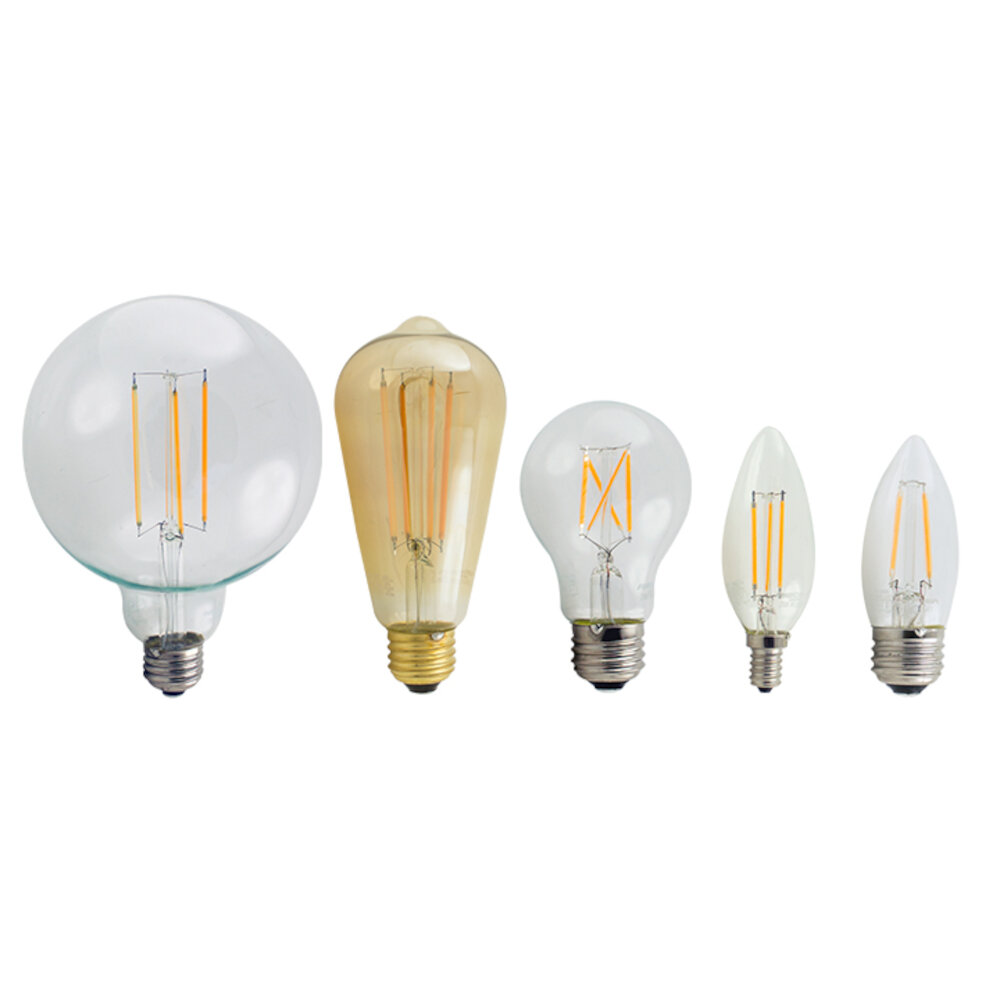
LED lights are increasingly becoming popular in the lighting industry due to their energy efficiency and longevity. One of the most significant factors to consider when purchasing an LED light is its brightness. The brightness of LED lights is measured in lumens, which is the amount of visible light emitted by the bulb. When comparing the brightness of LED lights, it is essential to consider the wattage of the bulb. A 10W LED bulb can emit anywhere between 800 and 1000 lumens, depending on the manufacturer. This variation in brightness can be attributed to the quality of the diodes used, the design of the bulb, and the color temperature. Additionally, the beam angle of the bulb can also affect the perceived brightness. A narrow beam angle can create a brighter light, while a wider beam angle can create a more even spread of light. When comparing the brightness of LED lights, it is also crucial to consider the purpose of the lighting. For instance, a 10W LED bulb emitting 800 lumens may be suitable for task lighting such as reading, while a 10W LED bulb emitting 1000 lumens may be more suitable for ambient lighting such as in a living room. The brightness of the LED light can also affect the mood of the room. A brighter light can create a more energetic and productive atmosphere, while a dimmer light can create a more relaxing and cozy atmosphere. Ultimately, when comparing LED light brightness, it is essential to consider the wattage, lumens, beam angle, and purpose of the lighting to ensure you make the best decision for your needs.
The wattage of an LED light refers to the amount of power consumed by the light to produce its illumination. It is a measure of the electrical energy that the light consumes, and it is often used as an indicator of the brightness of the light. However, it is important to note that the wattage alone is not a reliable measure of the brightness of an LED light, as the efficiency of the light also plays a role. In addition, the brightness of an LED light is also influenced by factors such as the color temperature, beam angle, and the quality of the light source. Therefore, when choosing an LED light, it is important to consider not only the wattage but also these other factors to ensure that you get the right level of brightness for your needs.
When it comes to LED lights, wattage plays a crucial role in determining the brightness of the illumination. The higher the wattage, the brighter the light will be. However, it’s important to note that the brightness of an LED light is not solely dependent on its wattage. Other factors such as the quality of the LED chips, color temperature, and beam angle can also affect the overall brightness and quality of the light. Therefore, it’s important to consider all these factors when comparing different wattage of LED lights to ensure that you’re getting the right level of illumination for your needs.
The brightness of a light plays a significant role in determining its energy consumption. The brighter the light, the more energy it consumes. This is because, for a light to be brighter, it needs to have more lumens, which in turn requires higher wattage. LED lights are known for their energy efficiency, and a 10W LED light is a great example of this. It can produce a brightness equivalent to a 60W incandescent bulb while consuming only a fraction of the energy. By choosing a 10W LED light, you can not only save on your energy bills but also reduce your carbon footprint. So, when selecting a light source, consider the impact of brightness on energy consumption to make an informed decision.
Factors Affecting LED Light Brightness
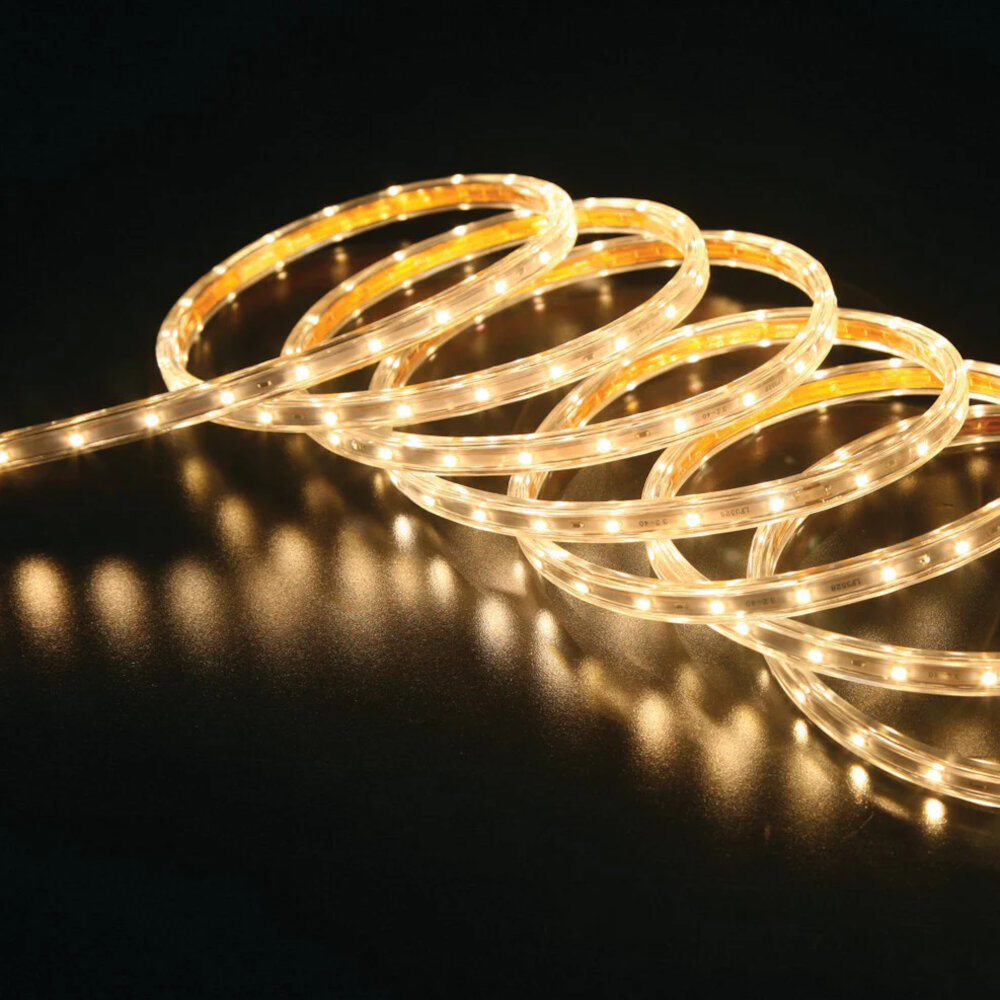
The brightness of an LED light is determined by various factors that impact its performance. One of the most important factors is the quality of the LED chips used in the light. High-quality LED chips with better efficacy and output result in brighter illumination. Additionally, the number of LED chips in the light also affects its brightness. The more the number of chips, the brighter the light will be. Another important factor that influences LED light brightness is the wattage of the light. The higher the wattage, the brighter the light will be. However, it is important to note that the wattage alone does not guarantee the brightness of the light. The quality of the LED chips and the number of chips also play a significant role. Moreover, the color temperature of the LED light is also a crucial factor in determining its brightness. Higher color temperatures produce brighter light, while lower color temperatures produce a warmer and less bright light. Therefore, it is important to consider all these factors when choosing an LED light to ensure that it meets your brightness requirements.
Temperature plays a crucial role in determining the brightness and overall performance of a 10W LED light. The temperature of an LED light is usually measured in Kelvin, and it can directly affect the color and quality of light produced. As the temperature increases, the color of light shifts towards blue and becomes brighter. However, if the temperature goes beyond a certain limit, it can negatively impact the LED’s lifespan and performance. Therefore, it is important to consider the temperature range and cooling mechanisms when selecting a 10W LED light to ensure optimal brightness and longevity.
The age of the LED light has brought about a significant transformation in the world of lighting. LED lights have emerged as a highly efficient, long-lasting, and eco-friendly alternative to traditional lighting sources. They consume less energy, emit less heat, and have a longer lifespan than incandescent bulbs. Furthermore, LED lights are highly customizable, allowing users to adjust the color and intensity of their illumination to suit their needs. The 10W LED light, in particular, has proven to be a highly radiant and effective source of illumination, outshining many of its competitors in terms of brightness and energy efficiency. With the continued development of LED technology, we can expect even greater advances in the field of lighting in the years to come.
The quality of an LED light is determined by various factors, including its brightness, color temperature, and efficiency. With a 10W LED light, the brightness is a crucial aspect, as it determines how radiant the illumination will be. A high-quality LED light should produce a bright and clear light that is evenly distributed across the room, without any flickering or buzzing sounds. Additionally, the color temperature should be consistent and accurate, providing a comfortable and pleasing ambiance to the space. The efficiency of an LED light is also significant as it saves energy and reduces electricity bills. In summary, the quality of an LED light is crucial to ensure maximum illumination, energy efficiency, and overall satisfaction of the user.
The placement of the LED light plays an essential role in determining the brightness and effectiveness of the illumination. When positioning the LED light, it’s crucial to consider the direction of the light beam, the angle of the light, and the distance from the object being illuminated. Ideally, the LED light should be placed at a suitable angle to ensure that the light beam is directed towards the desired area. This positioning will prevent shadows and uneven lighting. Additionally, the distance between the LED light and the object being illuminated should be considered to ensure that the light intensity is optimized. A well-placed LED light can enhance the ambiance of a space, improve visibility, and reduce energy consumption.
The brightness of LED lights is a crucial factor to consider when choosing the right lighting for your home or office. The level of brightness determines how well-lit your space will be, and it can make a significant difference in your mood and productivity. A bright LED light can help you stay alert and focused, while a dimmer light can create a more relaxed and calming atmosphere. Additionally, LED lights are known for their energy efficiency, and brighter lights can help you save on your electricity bill. Therefore, it’s essential to choose the appropriate LED light brightness for your needs and preferences to ensure a comfortable and functional space.
In conclusion, the 10W LED light is an excellent choice for those who need bright and radiant illumination. This lighting option offers exceptional brightness, energy efficiency, and durability, making it perfect for both residential and commercial settings. However, it is essential to note that the brightness of a 10W LED light may vary depending on several factors, such as the color temperature, beam angle, and lumens emitted. Therefore, it is crucial to choose the right LED light that suits your specific needs while ensuring that it provides optimal brightness and energy efficiency. With the right considerations, the 10W LED light can be an excellent investment that provides a bright and vibrant illumination for years to come.
Choosing the right LED light brightness is crucial to ensuring that your lighting needs are met. A few factors should be taken into consideration when determining the appropriate brightness for your lighting needs. Firstly, consider the size of the room or space that needs to be illuminated. A larger space would require a higher brightness level to ensure adequate lighting. Secondly, think about the purpose of the lighting, whether it is for reading, working, or simply as ambient lighting. Different tasks would require different brightness levels. Lastly, take into account personal preferences and comfort levels. Some people may prefer brighter lighting, while others may prefer a more subdued ambiance. It is important to find a balance between functionality and personal preference to ensure that the LED light brightness is appropriate for your needs.
Conclusion
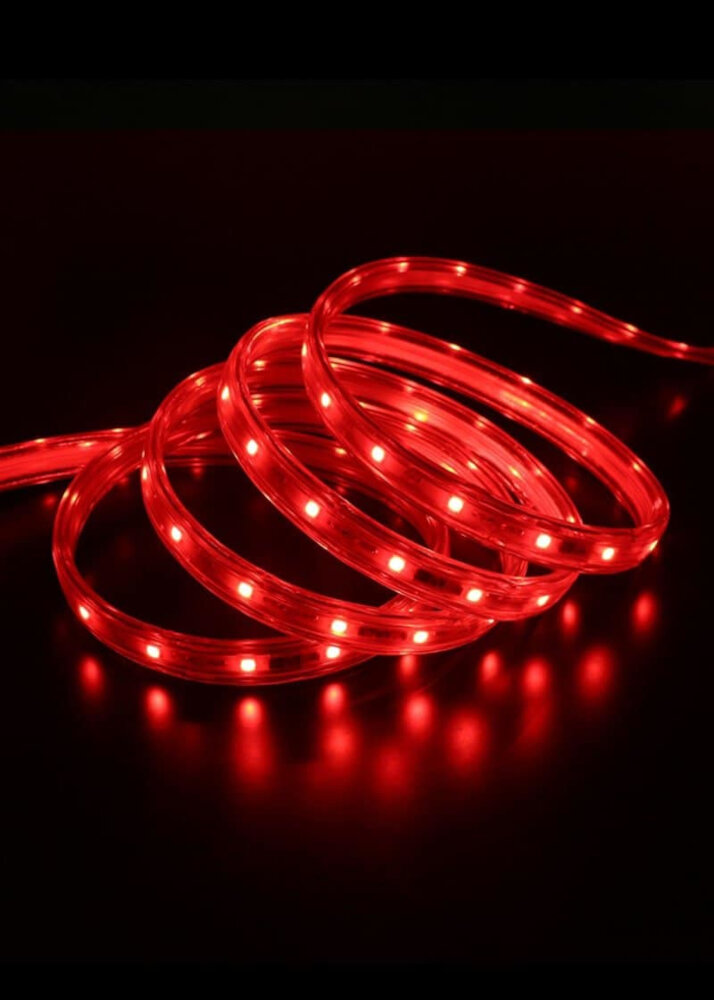
In conclusion, the 10W LED light can provide bright and radiant illumination, making it a popular choice among consumers. However, it is important to consider the specific needs and requirements of the space being illuminated, as well as the quality and efficiency of the LED light itself. By selecting a high-quality and efficient 10W LED light, individuals can ensure that their lighting needs are met while also reducing their energy consumption and environmental impact. Ultimately, the brightness and radiance of illumination provided by a 10W LED light will depend on a variety of factors, but with careful consideration and selection, individuals can enjoy optimal lighting for their space.




